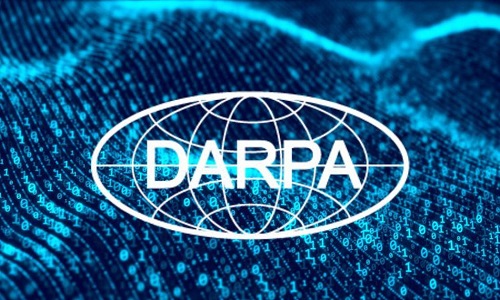DARPA to Grant $2B to AI Projects Over Next Five Years

DARPA stands for “Defense Advanced Research Projects Agency,” but while defense is good and all, what DARPA is really into is that P, for projects. The agency is focused on the development of breakthrough technology, and its sights are focused on the enormous potential of artificial intelligence. Its funding for AI projects is huge by any measure, and available to applicants far beyond the traditional defense community. Which could mean you.
As a 60th birthday present for itself, DARPA launched the AI Next campaign this past September, announcing a $2 billion investment applied to AI in a variety areas over a period of five years — or about $400 million a year, says Brian Pierce, Director of the Information Innovation Office at DARPA.
Anyone can participate in DARPA-funded programs by responding to an invitation for proposals on fbo.gov. Sometimes the agency is looking for proposals aimed at solving a specific technical goal, and sometimes it simply invites a range of innovative projects, all of which have the potential to be funded out of some very deep pockets.
DARPA-funded initiatives like their previous Grand Challenges and the Urban Challenge, with $2 million dollars in first-place prize money, resulted in leaps in evolution for the autonomous car. Challengers went from limping through an autonomous vehicle race in 2004 — where no one won — to five vehicles finishing the course just a year later. Three years later, those cars were navigating traffic in the Urban Challenge, with a course designed to replicate an urban landscape. Plus, DARPA investment allowed an audio electronics company in the Bay area to develop that low-cost lidar system for sensing in self-driving vehicles.
And DARPA investment also launched what became Siri, developed by SRI in Menlo Park.
The mission of AI Next is to take artificial intelligence into the next wave of its evolution, and trigger a whole new level of innovation, Pierce says.
You might remember the first wave, in which we saw the rise of rule-based systems, the “if this, then do that,” style of AI that’s been applied to things like tax software, shipping logistics, and chess game software. The first wave of AI is essentially pre-programmed by human experts, with no capacity for learning.
Where things really got exciting was the land fall of the second wave, where machine learning, or statistical learning approaches, were born – things like voice recognition technology, from which Siri sprung, and the face recognition we see in cameras today. These second-wave approaches require a huge amount of data to train functions like deep neural networks that, for example, classify images.
Read the source article at VentureBeat.
